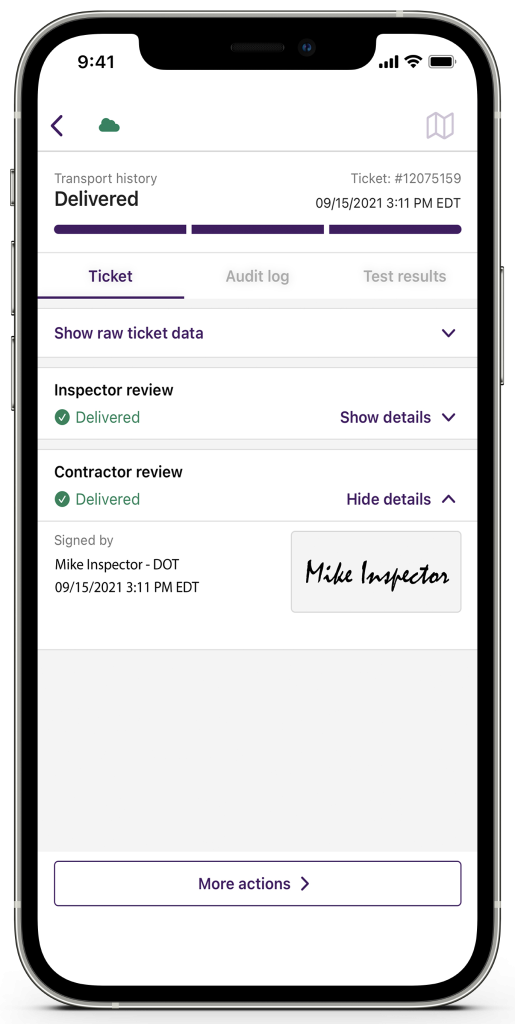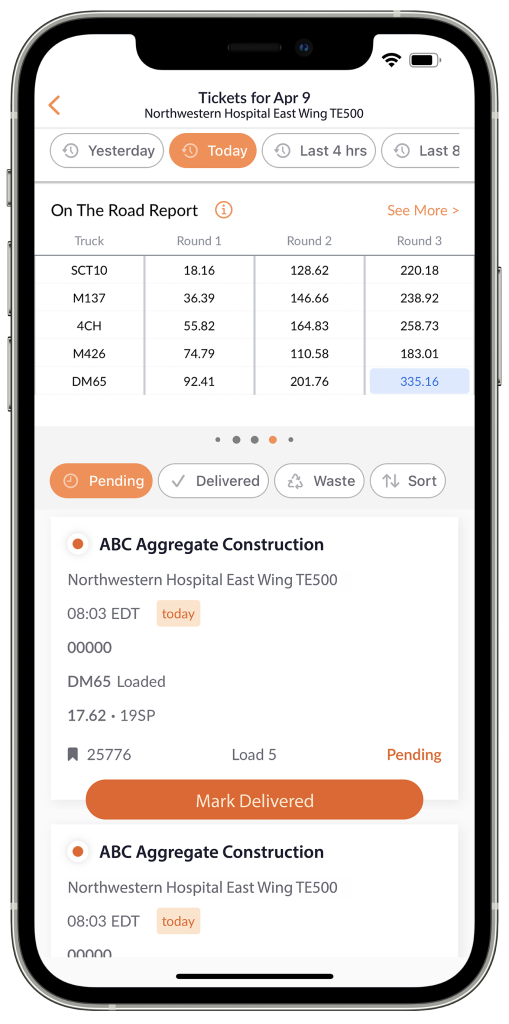Forms have fields. Enter data into a field and the form’s database recognizes it, interprets it, and places it into the proper position. But databases are programs and as such are limited to recognizing what the programmer tells it to recognize. If the form is looking for alpha characters and you enter a number, it will reject it. Worse, when multiple forms from multiple programs and programmers are merged, any deviation between fields will be rejected or cause internal problems.
During the early days of the COVID-19 pandemic, passing paper among people was a concern. Hand washing, disinfectants, masks all were focused on preventing spread of this fast-growing coronavirus. One result was the growth of electronic “paper,” the digitalizing of everything possible on a short-term basis. A company that achieved success was HaulHub Technologies, a leader in supplying state transportation agencies with digital tools to manage e-Ticketing and e-Construction technologies.

As state transportation agencies and project owners have gained more experience with e-Ticketing, they have concluded that integration with their project management systems is essential. Very early in the process of the initial e-Ticketing rollouts, HaulHub identified the challenge with integrations would be the lack of a common data format. In other words, how a material supplier ticketed a project, in most cases, was very different from how a project owner, such as a department of transportation, stored their project data. The fields didn’t always match up.
HaulHub’s approach was unique, and they applied for a patent for it. In August 2022, the United States Patent and Trademark Office issued a notice of allowance for its patent application, serial number 17/720,639. This patent application is directed to the use of a system to reconcile and reformat delivered construction material data with project data between various stakeholders involved in a construction project.
Why is this important? As HaulHub’s CEO, Joe Spinelli points out, “Agencies would like to assign a contract item to a delivered ticket, using a list of available contract items, but without technology to couple the right tickets to the right projects with the right contract items, staff will continuously have to memorize the contract items and hand-key them in manually on the tickets. Reformatting data into a common data format allows for the mapping of project and material data sets is part of our underlying technology that powers our Agency Portal.
“Efforts at a national level to standardize current data models into a single data format were not feasible. HaulHub developed this technology to allow the industry to keep their existing systems, formats, and processes, and we would instead adapt our systems to them.”

HaulHub’s approach was driven by the need for an accessible, vendor agnostic, and cost-effective solution that did not require significant change management from the entire supply chain. Even a seemingly harmless punctuation difference between project names can stop the integration between two systems from being valuable to the end users and technology needed to be developed to solve this need would grind to a halt because of its lack of ability to scale.
The newly allowed patent application is directed towards a database reconciliation system that supports HaulHub’s Agency Portal and enhances its ability to bridge that gap between the systems, formats, and processes in place today and help advance modern e-Construction practices for its partner states.
More specifically, this underlying technology allows HaulHub to ingest, reformat, and reconcile project and/or construction materials data, to provide its partners with a single interoperable source of truth and chain of custody for construction materials.
Developing a single source of truth within a state is an essential baseline to build upon more advanced e-Construction practices and is a requirement to move e-Ticketing beyond long term pilots. When the data is reformatted, and the varying materials and project systems can properly communicate with each other, they can be automated, provide insights, expedite payments, and record digital as-builts.
Want to tweet about this article? Use hashtags #construction #sustainability #infrastructure #IoT #5G #cloud #futureofwork


